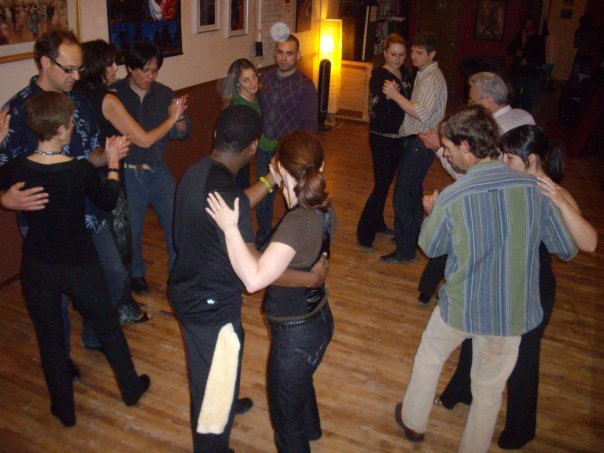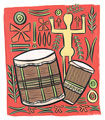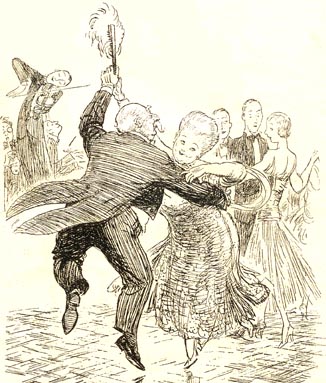Beginner Ballroom
Learn the basics of the most popular social ballroom dances. A fun partner endeavor, social dancing is also a wonderful physical activity to develop coordination, posture and poise. Learn the basic steps, dance hold, rhythm, timing & footwork for each of these dances - and look great at your next wedding or dance party event! Beginners are encouraged to take both "Smooth" and "Rhythm" classes during the same session to get exposed to both styles of social dance. However, students also have the option of taking just one class per session and focusing on the style of their choice. Register alone - or save $$ when you register with a partner before the deadline date!Fall Session 2011 - Beginner Ballroom:
(half session of 6-weeks)
(half session of 6-weeks)
- Rhythm Dances (Swing & Samba)Mondays 6:30pm-7:30pm
Oct 31 - Dec 5, 2011
at Dance Conmigo (3655 St-Laurent, suite 207)
Oct 31 - Dec 5, 2011
at Dance Conmigo (3655 St-Laurent, suite 207)
AND/OR
- Smooth Dances (Foxtrot & Viennese Waltz)
Mondays 7:30pm-8:30pm
Oct 31 - Dec 5, 2011
at Dance Conmigo (3655 St-Laurent, suite 207)
Mondays 7:30pm-8:30pm
Oct 31 - Dec 5, 2011
at Dance Conmigo (3655 St-Laurent, suite 207)
Cost:
$70/person if registered and paid by Oct 24th, 2011
$120/couple if registered and paid by Oct 24th, 2011
after Oct 24th : $75 per individual (course time and availability not guaranteed)
drop-in or "trial class" rate: $15/class.
$70/person if registered and paid by Oct 24th, 2011
$120/couple if registered and paid by Oct 24th, 2011
after Oct 24th : $75 per individual (course time and availability not guaranteed)
drop-in or "trial class" rate: $15/class.



